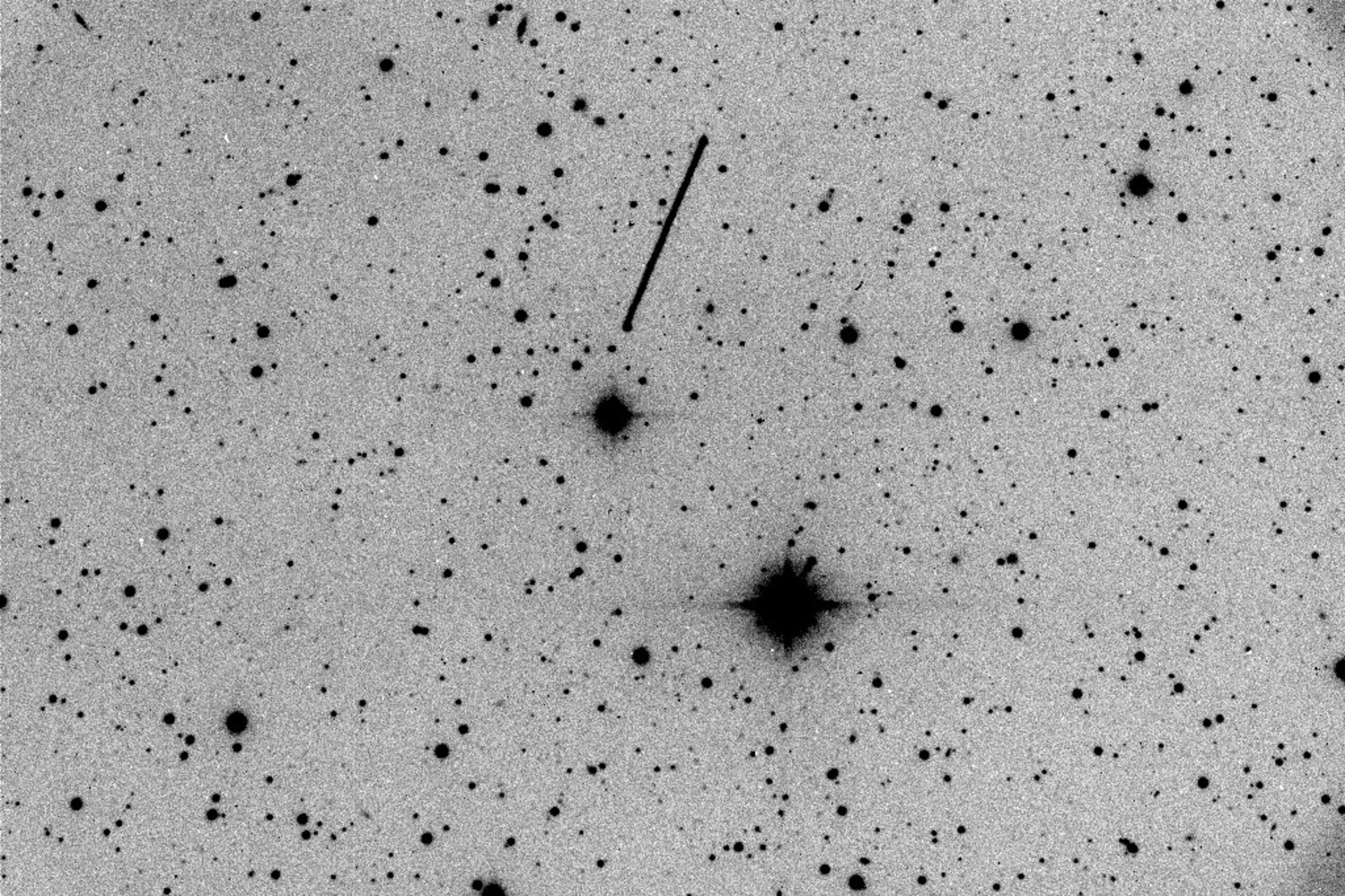2012 DA14 nears
This image was acquired by amateur astronomer Dave Herald, Murrumbateman, Australia, earlier today. It shows the approximately 50 m-diameter object about seven hours before closest approach.
Asteroid 2012 DA14 is predicted to make closest approach to Earth at 20:27 CET on 15 February 2013.
It will not impact Earth, however it will pass within about 28 000 km.
“This is well inside the geostationary ring, where many communication satellites are located,” says Detlef Koschny, Head of NEO activities at ESA's Space Situational Awareness programme office.
“There is no danger to these satellites, however, as the asteroid will come ‘from below’ and not intersect the geostationary belt.”
While tiny against the vastness of our Solar System, it should be visible in Europe to anyone with a good pair of binoculars and an idea of where to look.
For more information see: "Stranger in the night: space rock to make close Earth flyby"
Details on how to spot 2012 DA14 from Europe.



